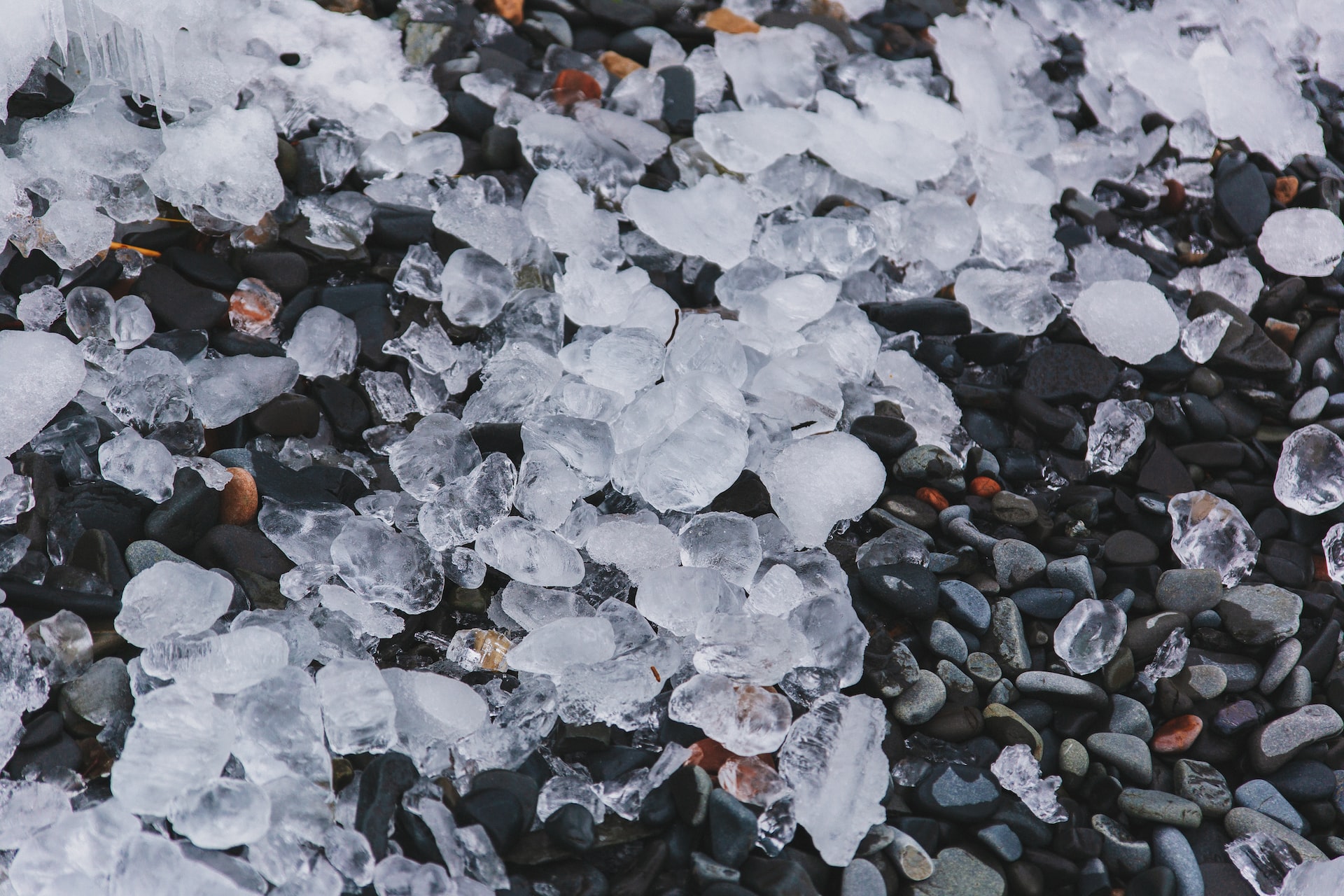Preparing Your Home and Property for a Hail Storm
Hail storms can be destructive, causing significant damage to homes and properties. They can come out of nowhere and leave behind a trail of destruction, leaving homeowners scrambling to repair the damage.
While we can’t control the weather, we can take steps to prepare for these storms and minimize the damage they cause.
In this blog, we will discuss the risks associated with hail storms, the steps you can take to protect your home and property, and what to do if you find yourself dealing with the aftermath of a hail storm.
Understanding the Risks
Hailstorms can wreak havoc and cause a variety of damages, from dented cars to shattered windows and damaged roofs. The impact strength and size of the hail can vary greatly, making it difficult to predict the extent of the damage that a storm may cause. It’s not always easy to know how much risk you’re facing, and with so much information available on the internet, it can be hard to determine what is true about hail damage.
Moreover, these storms are often accompanied by strong winds and heavy rainfall, which only adds to the destruction. To protect your property and keep your loved ones safe, it’s important to be prepared for hail storms.
When hail starts, the best course of action is to seek shelter immediately and wait until it stops. Don’t attempt to move your car, even if it is being damaged by the hail, as the falling ice could pose a threat to your safety.
Protecting your Home
There are several steps you can take to protect your home from hail damage.
First, consider installing impact-resistant windows and roofing materials if you are in an area that sees hail regularly. These materials are designed to withstand the impact of hail and can significantly reduce the amount of damage caused by a storm.
Another critical step is to maintain your home’s roof and gutters regularly. Clear debris and leaves from gutters and ensure that the flashing around vents and chimneys is secure. These steps will help prevent water from seeping into your home and causing damage.
It’s also important to have a plan in place for what to do during a hail storm. This includes having a safe place to take shelter and an emergency kit ready in case of power outages.
Protecting your Cars
Hail storms can cause significant damage to cars, with dents and broken windows being the most common issues. The damage can range from cosmetic to structural, making it essential to take steps to protect your cars during a hail storm.
One of the best ways to protect your cars from hail damage is to park them in a garage or covered area. This will provide a barrier between your car and the hail, reducing the amount of damage that can be caused. If you don’t have access to a garage, try to park your car under a tree or other large object that can provide some protection.
Another option is to cover your car with a thick blanket or tarp. This will provide a layer of protection against the hail, but it’s important to note that this is not a foolproof solution. The blanket or tarp may not be able to withstand the force of larger hailstones, and it’s also possible that the wind could blow it off, leaving your car exposed.
If you know a storm is coming and you don’t have access to a garage or covered area, you may consider moving your car to a safer location. This could mean driving it to a friend or family member’s house or even a parking garage.
If your car has hail damage, it’s essential to take it to an automobile hail repair specialist as soon as possible. They can assess the damage and provide an estimate for the repairs. They can repair the dents, fix the broken windows and make the car look like new again.
Conclusion
Hail storms can cause significant damage to homes and cars, making it essential to prepare for them.
Understanding the risks and taking the necessary precautions can minimize the damage caused by a hail storm. When dealing with the aftermath of a hail storm, it’s important to take immediate action.
Contact a professional to assess the damage and provide an estimate for the repairs. Remember to check with your insurance company to see if your policy covers hail damage, and be prepared to pay any deductibles before the insurance company covers the repairs.
With the right preparation and quick action, you can minimize the damage caused by a hail storm and get your home and car back to normal as quickly as possible.







0